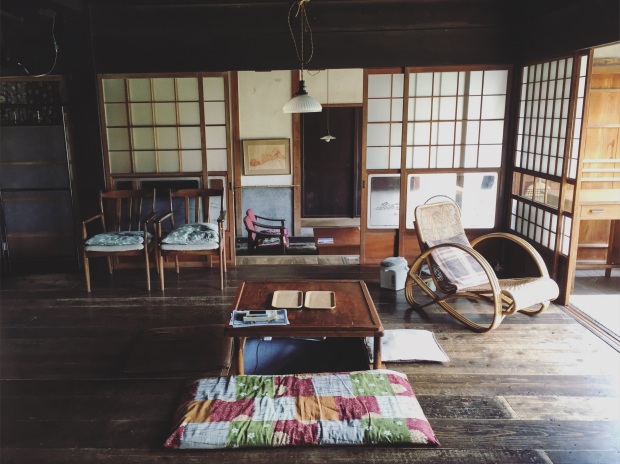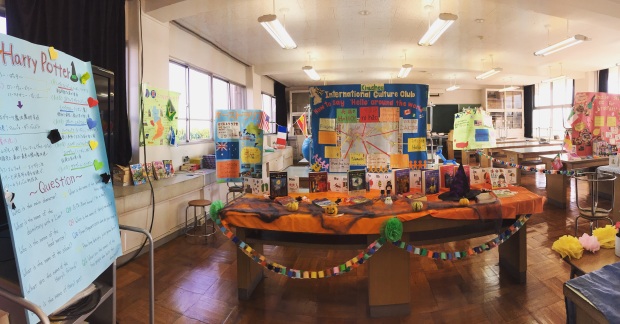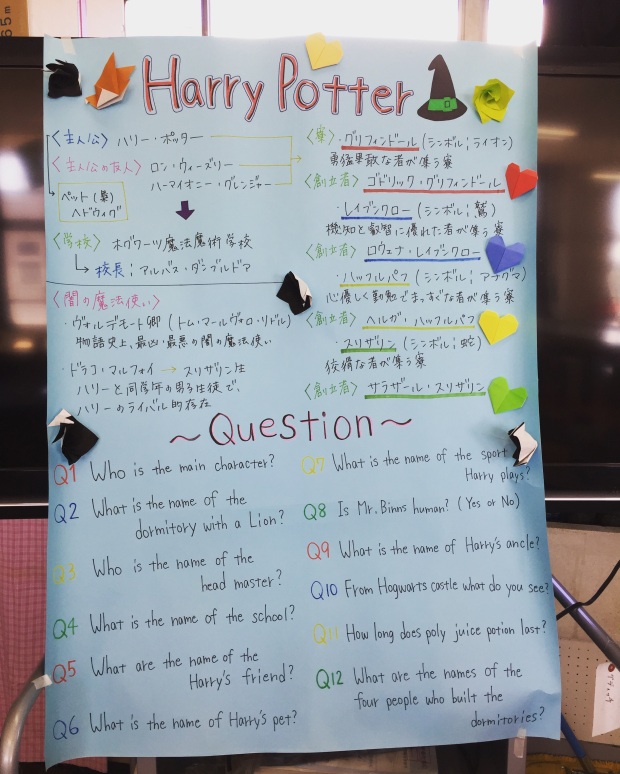This week, I challenged myself to finally eat at a restaurant alone in my town.
Maybe you are an extravert and this challenge seems ridiculously simple. But for me, an introvert who only knows basic Japanese, the prosepect of eating alone can be daunting. Of course, I’ve done this once or twice before in Japan. On my solo adventure days in Nikko and in Tokyo, I’ve eaten alone at restaurants, because the other option is to starve for a day.
However, whenever I am home in Yuuki, Ibaraki, I’ll either cook or I’ll drop by the konbini for a quick meal. I only go out to restaurants in my own city when I’m with friends. Why? Because I’m a coward – I worry that alone, my Japanese isn’t good enough to understand the menu, to order food, to respond to questions. It’s always more reassuring to have a friend alongside who you can figure everything out with.
As I mentioned in an earlier post, I ate alone quite often when I lived in France. I would go out to lunch two or three times a week by myself because my schedule didn’t match up with the schedules of the other girls who studied abroad with me. I had a handful of favorite lunch restaurants in Strasbourg, the top three being 1) a Lebanese place called Le Tarbouche, 2) a brew pub called Au Brasseur, and 3) a tarte flambée chain restaurant called Flam’s. Sadly, there aren’t so many Lebanese or Alsatian restaurants in my part of Japan, although there might be a few in Tokyo. Goodness, I want to fly back to Strasbourg right now, just to eat real hummus and spätzle-choucroute…
Anyways, I don’t want to be a coward anymore, at least not about silly little things like eating alone at a restaurant. I’ve lived here for a year and a half, for crying out loud! This isn’t even a particularly difficult challenge! But these challenges are all little things to push me outside of my comfort zone, and I was nervous all the same.
So, I allowed myself some training wheels: I chose to eat at a restaurant that I was already familiar with, a restaurant where ordering food is done on a tablet and requires no Japanese speaking ability—
—Hamazushi.
Yep, I went to my local kaiten sushi (conveyor belt sushi) restaurant after work on Friday.
What can I say? I was craving sushi. Words that I never, ever thought I would say (or write) a year and a half ago.
Anyways, I sat at the counter at Hamazushi, ordered from the tablet (the menu is in Japanese and English!) and ate a few plates of yellowtail with yuzu (my favorite) and duck “sushi” (slices of cooked duck with garlic sauce over rice). Then, I went home. In total, I was only there for about half an hour. All that freaking out for only a half-hour…
My feelings about the whole experience? Well, I was nervous at first—when I’m alone, I’m more conscious of the stares—but I got used to it fast. I wasn’t the only solitary person eating at the counter that night. I also never get sushi unless I’m at enkais or out with friends, so it was a nice chance to switch up my cuisine. And so cheap! Only ~\600 (yeah, I’m clearly not a big eater).
Will I do this again? Yes, of course. I just have to summon up a little courage and ignore the stares. Will it become a weekly habit, as it was in France? I honestly don’t foresee that happening, but I’ll be here for another year and a half, so it’s possible!


